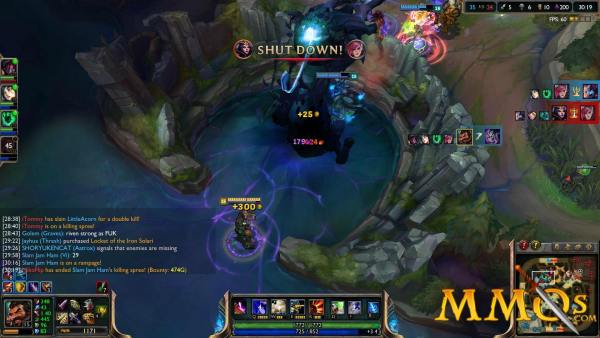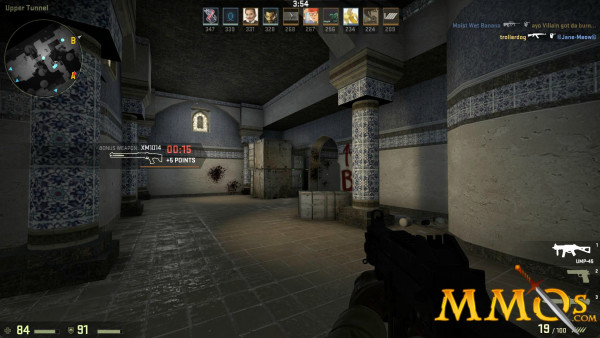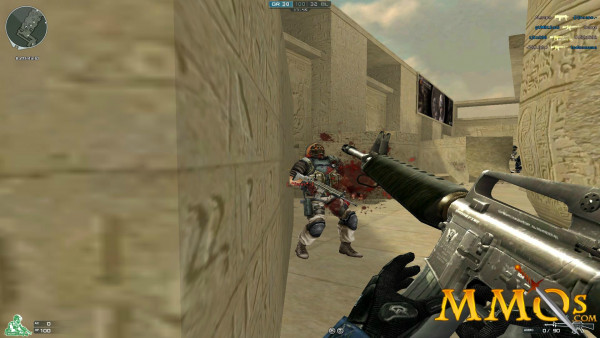A Tale of Asian Shooters

First-person shooters are regarded as mainly a Western genre. Asians hold the top spots in RTS games like Starcraft 2 and MOBAs like League of Legends, but the best Counter Strike: Global Offensive players usually hail from North America and Europe. Many Asians even get motion sickness when they play FPS games for prolonged periods of time. The popularity of console gaming is another piece of evidence to support this claim. Halo, Call of Duty, and Battlefield are all popular FPS titles that dominate on PlayStation and Xbox consoles which are mostly played by Western audiences.
South Koreans Dominate the League Scene
But this narrative falls apart when one digs a little deeper. Some of the world’s most popular shooters are actually from Asia. They tend to be older and have lower system requirements and so haven’t shown up on the radar’s of many Western gamers, but many of them are playable worldwide. The Korean developed FPS Crossfire has the second highest annual revenue ($1.1B) of any oCounternline game, mainly due to its popularity in China. In South Korea Sudden Attack remains one of the most popular games of choice at PC Bangs (LAN cafes) across the nation. In fact, a sequel titled Sudden Attack 2 is currently under development with refreshed graphics and other features. If done properly, it may make its way to America and introduce a whole new market to the popular franchise.
CS:GO - The #1 Western Competitive FPS
It's important to note that games like CrossFire and Sudden Attack aren’t cutesy, anime style shooters. They’re very much modern, tactical shooters that look and play like Counter-Strike. What sets them apart, however, is the fact that they are free to play and have dated graphics. This allows hundreds of millions of gamers across the developing nations of Asia to experience the game, even on dated hardware and without having to drop a dime. As the revenue figures show, free to play doesn’t mean free from profit.
Besides the lower barrier to entry, the other key distinguishing feature between Asian and Western shooters are their cash shops. When cash shops or item malls are present in Western shooters, they mainly center around cosmetics such as equipment ‘skins’ and costumes. Even genre leader CS: GO now includes lockboxes and item drops. But in Asia things are very different. Players can purchase more powerful guns and ammo straight from the shop. The outcry against ‘pay to win’ is quieter.
CrossFire Grossed over $1 billion in 2015
It was once thought that differences in tolerance levels towards pay to play vs pay to win were purely cultural—that something in the Western tradition favored fairness while Asian culture was craven to the all mighty dollar. Recent developments in the mobile gaming front have discredited that disturbing and racist thesis. As it happens, free to play gamers across America and Europe are eagerly spending billions in games like Game of War to gain a clear advantage over their non-spending rivals. Based on this evidence, it seems far more likely that the aversion to pay to win has more to do with age than culture.
Gamers who grew up playing MMOs during the subscription era have grown accustomed to virtual worlds totally removed from the real world. Younger gamers who knew nothing but cash shops see no distinction between the two. Of course someone who spends more money will have access to a more powerful sword or gun. Just as someone who spends more money on a car will have a stronger and more powerful car. As younger games in the West continue to outnumber the old guard, we should expect Western hostility towards p2w features to subside. That means many Asian shooters will make their way to our shores and that many Western developed games of the future will be more easily compatible with Asia’s existing monetization models.





